-
 Bitcoin
Bitcoin $83,581.5964
-1.31% -
 Ethereum
Ethereum $1,827.0061
-2.95% -
 Tether USDt
Tether USDt $0.9998
0.00% -
 XRP
XRP $2.0572
-2.12% -
 BNB
BNB $600.6352
-0.50% -
 Solana
Solana $120.4741
-3.43% -
 USDC
USDC $0.9998
0.00% -
 Dogecoin
Dogecoin $0.1664
-3.04% -
 Cardano
Cardano $0.6531
-2.78% -
 TRON
TRON $0.2370
-0.47% -
 Toncoin
Toncoin $3.7850
-5.03% -
 Chainlink
Chainlink $13.2476
-3.86% -
 UNUS SED LEO
UNUS SED LEO $9.3960
-0.18% -
 Stellar
Stellar $0.2662
-1.01% -
 Sui
Sui $2.4099
1.77% -
 Avalanche
Avalanche $18.7876
-2.88% -
 Shiba Inu
Shiba Inu $0.0...01237
-0.55% -
 Hedera
Hedera $0.1663
-0.15% -
 Polkadot
Polkadot $4.0579
-1.23% -
 Litecoin
Litecoin $83.8022
0.76% -
 MANTRA
MANTRA $6.3807
2.55% -
 Bitcoin Cash
Bitcoin Cash $304.1581
-0.61% -
 Bitget Token
Bitget Token $4.5514
-1.22% -
 Dai
Dai $1.0000
0.01% -
 Ethena USDe
Ethena USDe $0.9999
0.00% -
 Pi
Pi $0.6648
-3.97% -
 Hyperliquid
Hyperliquid $12.4497
-5.55% -
 Monero
Monero $214.6449
-2.17% -
 Uniswap
Uniswap $6.0261
-2.31% -
 Aptos
Aptos $5.2625
-0.45%
Cryptocurrency leverage profit calculation
By understanding leverage, calculating potential profits, managing risks, and employing optimized strategies, traders can leverage the power of borrowed funds to maximize their cryptocurrency trading profitability.
Jan 10, 2025 at 12:04 am
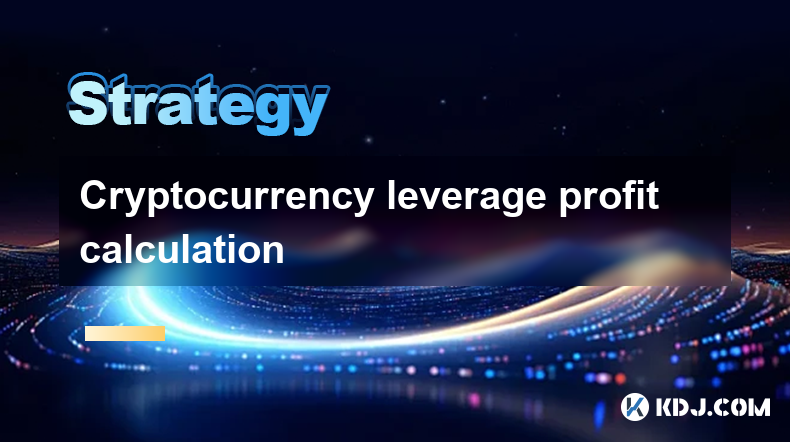
Cryptocurrency Leverage Profit Calculation: A Comprehensive Guide
Key Points:
- Understanding leverage in cryptocurrency trading
- Calculating potential profits from leveraged positions
- Managing risk and setting appropriate leverage levels
- Strategies for optimizing leveraging profitability
Step 1: Understanding Cryptocurrency Leverage
Leverage is a mechanism that allows traders to amplify their positions, potentially generating higher profits. It involves borrowing funds from an exchange or broker to increase the trading capital. By leveraging their positions, traders can trade with a larger amount than their account balance permits. When leverage is used effectively, it can magnify gains. However, it also magnifies losses, so traders must use caution.
Step 2: Calculating Potential Profits
Calculating potential profits from leveraged positions involves considering the initial investment, leverage amount, and market movement. Here's the formula:
Potential Profit = (Leverage * Initial Investment) * (Percentage Change in Asset Price)For example, if a trader invests $1,000 with 5x leverage and the asset price increases by 10%, the potential profit would be:
Potential Profit = (5 * $1,000) * (10%) = $500Step 3: Managing Risk
Leverage carries inherent risks as it amplifies both gains and losses. Traders must diligently manage risk to avoid significant losses. Here are some crucial risk management principles:
- Define a risk tolerance: Determine the maximum amount of potential loss that you're willing to accept.
- Set appropriate leverage levels: Choose a leverage multiplier that aligns with your risk tolerance and trading strategy.
- Use stop-loss orders: Place orders to automatically sell positions if they fall below specific thresholds, minimizing potential losses.
Step 4: Setting Leverage Levels
Selecting the appropriate leverage level depends on the trader's risk tolerance, trading strategy, and market conditions. Traders should begin with conservative leverage levels and gradually increase as they gain experience and confidence.
Step 5: Strategies for Optimizing Profitability
Traders can employ specific strategies to optimize leveraging profitability, including:
- Position scaling: Gradually increasing or decreasing positions as prices move in a favorable direction.
- Hedging: Using opposite positions in different markets to reduce risk exposure.
- Swing trading: Holding positions for a medium-term period, allowing the market to experience multiple fluctuations.
FAQs
Q: What are the different types of leverage?
A: Leverage varies depending on the trading platform and asset. Most common types include:
- Cross leverage: Leverage applied to multiple assets simultaneously.
- Isolated leverage: Leverage applied to specific assets or trading pairs.
Q: What are the risks of using leverage?
A: Using leverage comes with high risks:
- Amplified losses: Losses can be significantly greater than the initial investment.
- Margin calls: When market prices move against leveraged positions, exchanges may issue margin calls requiring additional funds to maintain the position.
- Liquidation: If margin calls are not met, positions may be liquidated.
Q: How can I minimize the risks of using leverage?
A: To minimize risks:
- Understand your risk tolerance: Define the maximum potential loss you're willing to accept.
- Choose appropriate leverage levels: Select conservative levels initially and gradually increase as experience grows.
- Use stop-loss orders: Automatically close positions when prices fall beyond pre-set limits.
- Manage emotions: Avoid trading under emotional stress or during market volatility.
Disclaimer:info@kdj.com
The information provided is not trading advice. kdj.com does not assume any responsibility for any investments made based on the information provided in this article. Cryptocurrencies are highly volatile and it is highly recommended that you invest with caution after thorough research!
If you believe that the content used on this website infringes your copyright, please contact us immediately (info@kdj.com) and we will delete it promptly.
- RUVI AI Revolutionizes AI Accessibility with Blockchain Power
- 2025-04-03 11:15:12
- Fidelity Investments Introduces an IRA That Permits Investors to Buy Bitcoin, Ether, and Litecoin
- 2025-04-03 11:15:12
- Whale Alert Detects a Large Bitcoin Transfer Involving 1050 BTC from Binance to an Unknown Wallet
- 2025-04-03 11:10:12
- Democratic Lawmakers Ask US Securities Regulator to Preserve Records of President Trump's Crypto Venture
- 2025-04-03 11:10:12
- Curve Finance Notches Record-Breaking Trading Volumes of Nearly $35 Billion in the First Quarter of 2025
- 2025-04-03 11:05:13
- Coinlist restarts US operations after five-year hiatus
- 2025-04-03 11:05:13
Related knowledge
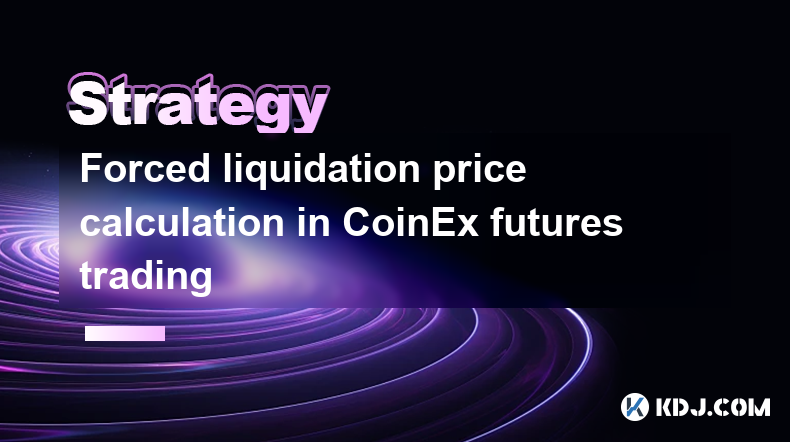
Forced liquidation price calculation in CoinEx futures trading
Apr 03,2025 at 05:35am
In CoinEx futures trading, understanding the forced liquidation price is crucial for managing risk and maintaining your positions. The forced liquidation price is the point at which your position is automatically closed to prevent further losses. This mechanism is designed to protect both the trader and the platform from negative account balances. The c...
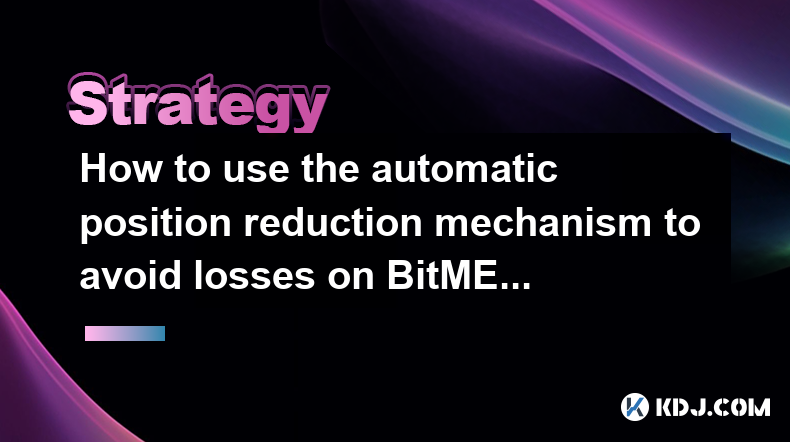
How to use the automatic position reduction mechanism to avoid losses on BitMEX
Apr 03,2025 at 02:56am
Using the automatic position reduction mechanism on BitMEX can be a strategic approach to managing risk and avoiding potential losses in the volatile cryptocurrency market. This feature, also known as Auto Deleveraging (ADL), is designed to help traders by automatically reducing their positions in certain conditions. To effectively use this mechanism, i...
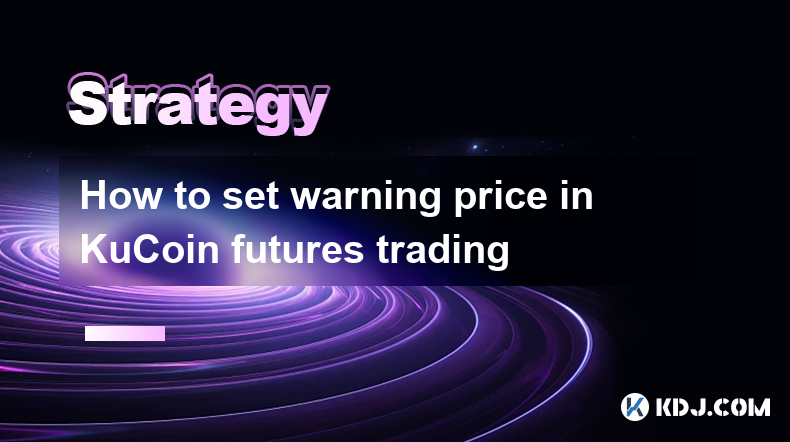
How to set warning price in KuCoin futures trading
Apr 03,2025 at 08:14am
Setting a warning price in KuCoin futures trading is an essential feature for managing risk and staying informed about market movements. This tool allows traders to receive notifications when the price of a futures contract reaches a specific level, helping them make timely decisions. To set a warning price, you need to navigate to the futures trading i...
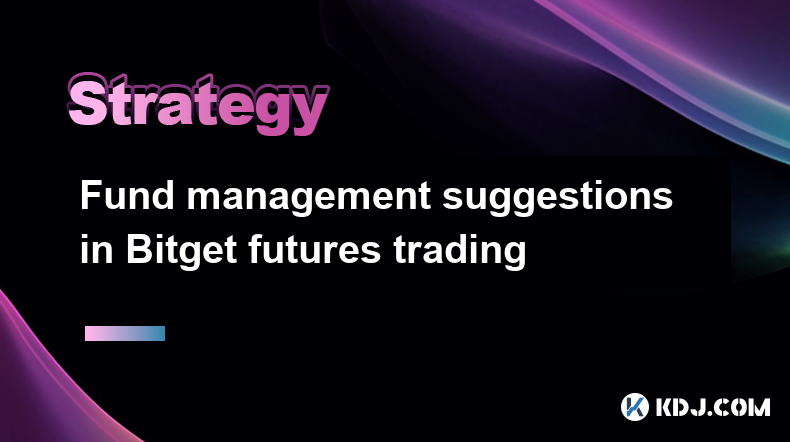
Fund management suggestions in Bitget futures trading
Apr 03,2025 at 09:28am
Trading futures on Bitget can be an exciting yet challenging endeavor. Effective fund management is crucial to maximize profits and minimize risks. This article will provide comprehensive suggestions on managing your funds while trading futures on Bitget. We will cover setting up a trading account, understanding leverage, implementing risk management st...
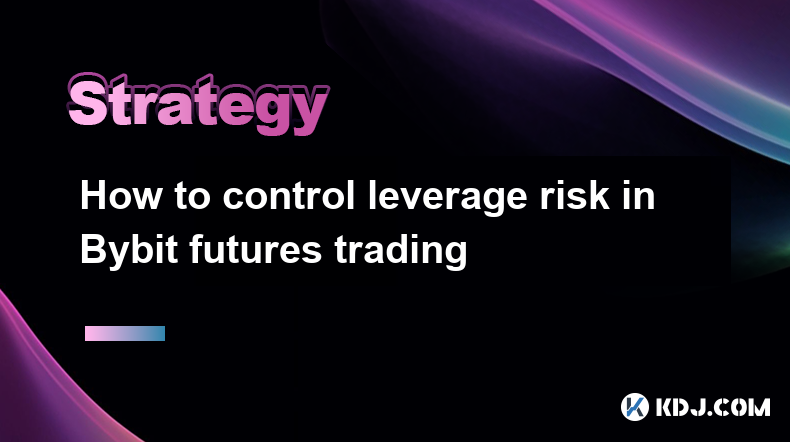
How to control leverage risk in Bybit futures trading
Apr 03,2025 at 04:36am
Trading futures on Bybit can be an exciting way to engage with the cryptocurrency market, but it comes with significant risks, particularly when using leverage. Leverage allows traders to amplify their exposure to the market, but it can also magnify losses. Understanding and controlling leverage risk is crucial for any trader looking to navigate the vol...
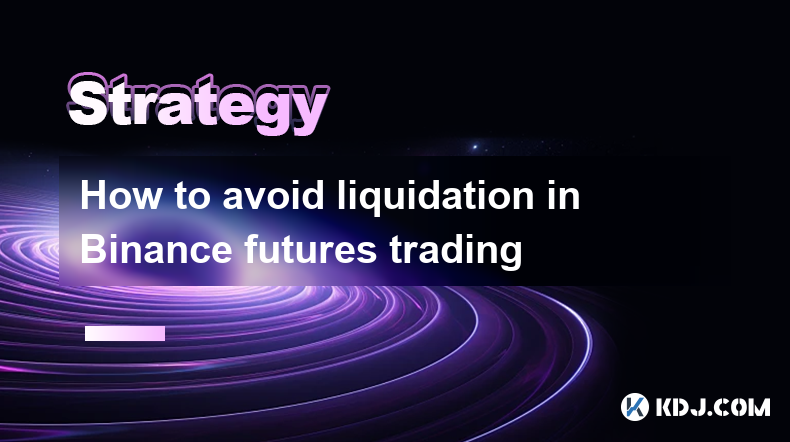
How to avoid liquidation in Binance futures trading
Apr 02,2025 at 10:28pm
Trading in Binance futures can be an exciting yet risky endeavor. One of the most significant risks traders face is liquidation, which occurs when the market moves against your position, and your account's margin balance falls below the maintenance margin requirement. To avoid liquidation, it's crucial to understand the mechanics of futures trading and ...

Forced liquidation price calculation in CoinEx futures trading
Apr 03,2025 at 05:35am
In CoinEx futures trading, understanding the forced liquidation price is crucial for managing risk and maintaining your positions. The forced liquidation price is the point at which your position is automatically closed to prevent further losses. This mechanism is designed to protect both the trader and the platform from negative account balances. The c...

How to use the automatic position reduction mechanism to avoid losses on BitMEX
Apr 03,2025 at 02:56am
Using the automatic position reduction mechanism on BitMEX can be a strategic approach to managing risk and avoiding potential losses in the volatile cryptocurrency market. This feature, also known as Auto Deleveraging (ADL), is designed to help traders by automatically reducing their positions in certain conditions. To effectively use this mechanism, i...

How to set warning price in KuCoin futures trading
Apr 03,2025 at 08:14am
Setting a warning price in KuCoin futures trading is an essential feature for managing risk and staying informed about market movements. This tool allows traders to receive notifications when the price of a futures contract reaches a specific level, helping them make timely decisions. To set a warning price, you need to navigate to the futures trading i...

Fund management suggestions in Bitget futures trading
Apr 03,2025 at 09:28am
Trading futures on Bitget can be an exciting yet challenging endeavor. Effective fund management is crucial to maximize profits and minimize risks. This article will provide comprehensive suggestions on managing your funds while trading futures on Bitget. We will cover setting up a trading account, understanding leverage, implementing risk management st...

How to control leverage risk in Bybit futures trading
Apr 03,2025 at 04:36am
Trading futures on Bybit can be an exciting way to engage with the cryptocurrency market, but it comes with significant risks, particularly when using leverage. Leverage allows traders to amplify their exposure to the market, but it can also magnify losses. Understanding and controlling leverage risk is crucial for any trader looking to navigate the vol...

How to avoid liquidation in Binance futures trading
Apr 02,2025 at 10:28pm
Trading in Binance futures can be an exciting yet risky endeavor. One of the most significant risks traders face is liquidation, which occurs when the market moves against your position, and your account's margin balance falls below the maintenance margin requirement. To avoid liquidation, it's crucial to understand the mechanics of futures trading and ...
See all articles
























































































